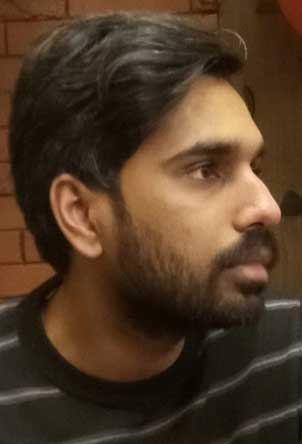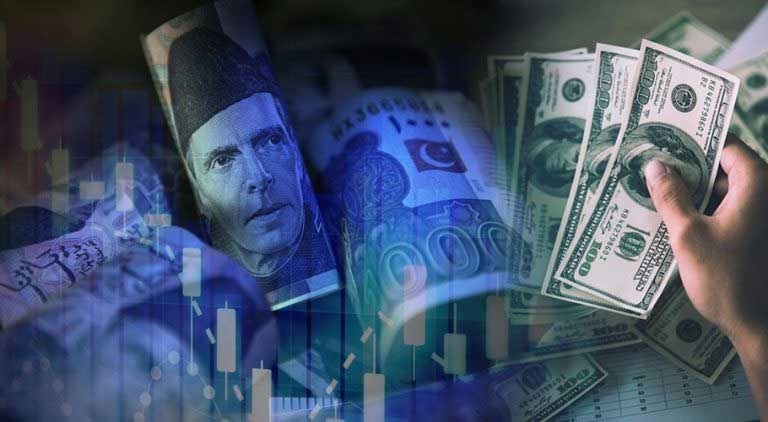Pakistan spends 2.5 percent of its GDP on education, the lowest in South Asian economies. However, in its special report “State of Pakistan’s Economy,” the State Bank of Pakistan’s Economy suggested that 4-6 percent of GDP should be spent on education to fulfil the Education 2030 Framework for Action of Sustainable Development Goals.
Currently, Pakistan’s literacy rate stands at 62.3 percent. Compared with 2016, we were at 58 percent in literacy rate. Overall, there is no significant progress in increasing the literacy rate in Pakistan. In my opinion, the problem is bigger than merely allocating a certain amount of budget for education. Since Pakistan’s independence, it has been facing administrative and financial constraints to meet its growing educational needs due to its massive population.
The government was advised to free education at the first educational conference held in 1947. This commitment led to the inclusion of Article 25 in the Constitution of Pakistan 1971 for the right to free and compulsory education, at least till primary and secondary levels. The educational ministry remains the focal point of educational matters, including infrastructure, policy-making, curriculum development, and teaching development.
The breakthrough in educational development in Pakistan came after the 18th constitutional amendment. This amendment delegated the subject of education to provinces and mandated them to allocate budget and reform curriculum. The school management is further delegated at the district level, mainly through Central executive officers. This educational infrastructure is grounded on the principles of educational policies, being implemented occasionally. Many factors, both local and international, influence these policies.
One such example is recent educational curriculum reforms halted after the government’s shifting last year. Pakistan’s complex educational system, based on multiple educational systems, encourages gross discrimination. This system comprises government-owned schools, private-owned schools, and religious seminaries. Each category of schools serves a certain class of society and widens the gap between each other. Government schools seem to be a source of education for lower-middle-class families, whereas private schools are a luxury source of education for the privileged economic class of society.
The most vulnerable segment of society is the students studying in religious seminaries. The ill-monitored, orthodox teaching methodology and outdated course curriculum compel children to leave the seminary, and if they get passed, they are trained to misfit in society. The synergy between different school systems paves the way for societal harmonization and boosts literacy.
With the growing technologies, public perception of education changes, it is a common belief that education is essential for the growth of their children and is the only way to bring them out of poverty and live a respectable life. The change of mindset is the outcome of the efforts of social activists like Malala Yousafzai, who encourage young brains, especially girls, to strive for the right to education. This mindset should also be reflected in the educational policies previously influenced by conservative teaching, leading to polarization. The financial incentives and training of educational teachers justify Pakistan’s gruesome education situation.
The private schools pay far less than the standard salaries to the teacher. On the other hand, government teachers pay well, but their incapacity to align them with current technologies impedes educational development. The Sindh government’s recent initiative of introducing teaching licensing examinations will improve the standard of education. Following this, other provinces should look into the probability of the introduction of licensing examinations for teachers to build teachers’ capacity and provide them incentives who have good results.
The right strategy for quality education to increase the literacy rate in Pakistan is to allocate a higher percentage of GDP to education, in line with the recommendations of the State Bank of Pakistan. Continuity in curriculum development, regardless of changes in government, is crucial for ensuring a consistent and effective educational system. Bridging the gap between different school systems, including government-owned schools, private schools, and religious seminaries, will encourage collaboration and an equitable educational environment.
Incentivizing the teaching profession will retain qualified teachers and ensure educators to equip with appropriate teaching skills. Foster a positive mindset toward education by raising awareness about education’s benefits for personal growth, poverty alleviation, and social development. Role models like Malala Yousafzai can inspire young minds, especially girls, to strive for education and overcome barriers.
Transforming Pakistan’s educational system: Challenges and path to progress




